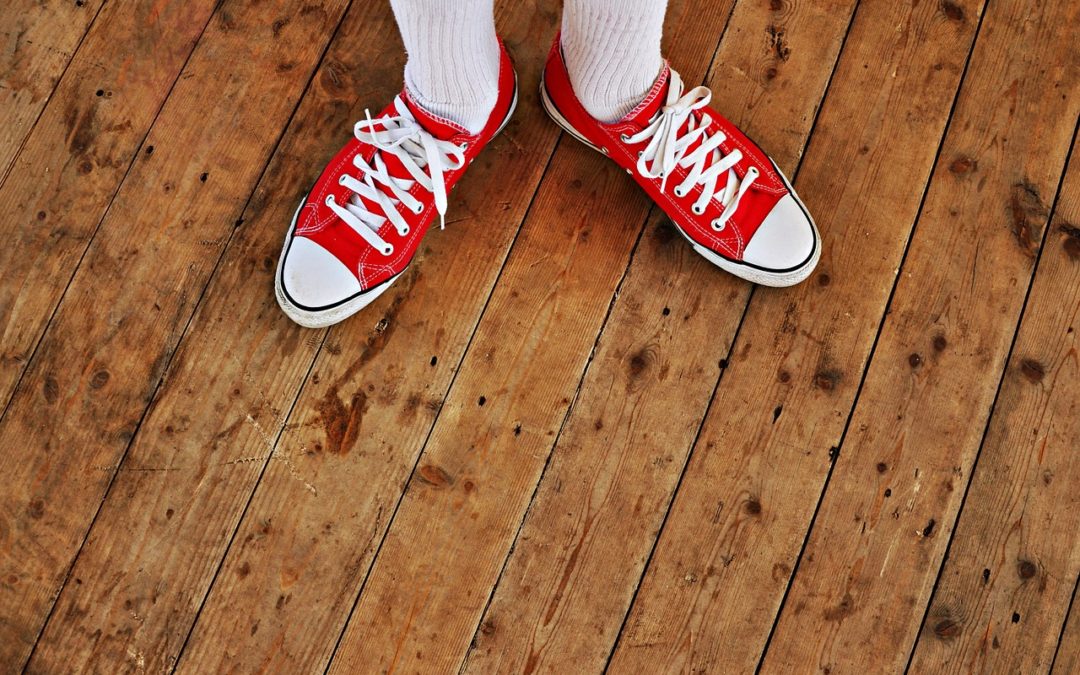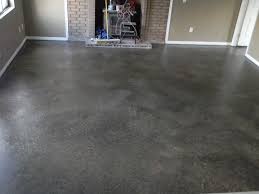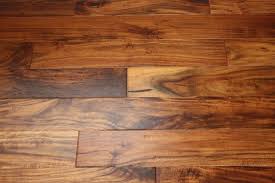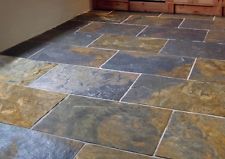The flooring in your house can amount to a significant percentage of your building or renovating budget depending on which material you choose.
The choices are endless and the colors and finishes are mind-boggling. To make things even more difficult you can buy vinyl that looks like stone or tile that looks like wood.
If the thought of having to choose one or two types for your new home or renovation is head-ache inducing or overwhelming, we have made it simpler for you.
Take a look at our list below highlighting the features of each material and comparing their costs. This is a painless first step that will easily help you eliminate materials based on your budget, suitability to a particular area or environmental friendliness.
Which flooring is best for what room?
Kitchens are very busy spaces and the flooring will need to take a lot of abuse. Most natural materials like natural stone and wood will require extra moisture proofing to be protected against the spills and splatters that are bound to occur.
Bathroom floors need to be absolutely waterproof and non-slippery, so avoid high-gloss finishes on stone and tiles. The grout lines in tiles add an element of non-slip to a tiled floor, and therefore the smaller the tiles the safer they are. Wood is not recommended for use in damp areas such as bathrooms and basements.
Bedroom floors should absorb sound and be comfortable underfoot to add a level of luxury and relaxation. Wheelchairs don’t roll well on a high-pile rug with a thick underlay, so go for a dense carpet or better yet, an area rug that can be removed easily if need be. Area rugs are tripping hazards so make sure they are fixed down securely and no edges are curling.
High-traffic entrances should have flooring that is hard wearing and resistant to moisture to withstand the dirt and water tracked in from the outside.
Flooring factors to consider for accessible homes are;
- Ease of walking or rolling across
- Safety for children and seniors. Avoiding slippery floors and incase of falls.
- Height changes between different flooring surfaces should be less than .5in/13mm
Features and benefits of types of flooring
#1) Bamboo
- Limited natural color range but has beautiful striations and an exotic feel
- Environmentally friendly as it is highly renewable
- Relatively hard wearing and easy to maintain
- Not recommended for use directly on concrete slab
- Choose better quality for durability
- $7-$20/sq.ft
#2) Ceramic Tiles
- Wide selection of colors, styles and sizes for easy color co-ordination
- Choose better quality for durability, wearability and style
- $5-$20/sq.ft
- Good range of colors and finishes
- Lends an industrial look that is extremely hardwearing
- Needs yearly resealing
- Can be used in every room of your house
- $13/sq.ft
#4) Cork
- Good range of colors and styles and has a unique look
- Available in tiles or planks for easy installation as a removable floating floor
- Natural insulator and very comfortable for standing on for long periods
- Good at absorbing sound
- Hypoallergenic and mildew resistant
- Not recommended for use in bathrooms and basements
- $7-$16/sq.ft
#5) Engineered Wood (a composite of wood derivatives fixed together)
- Wide range of colors, looks and species of wood
- A popular alternative to hardwood and laminate that is more stable in temperature fluctuations but can’t be sanded more than twice
- Sold prefinished to be glued or clicked together
- $7-$20/sq.ft
- Wide range of colors and species of wood from local to exotic, or recycled
- Can be durable and stand the test of time if properly cared for on a regular basis
- Not recommended for installation directly on concrete slab
- $6-$15/sq.ft
#7) Laminate (synthetic wood floor using a photographic image of wood, stone or ceramic tile)
- Wide range of styles, colors and species of wood or even stone and ceramic look
- Easy to install and click together
- Not recommended for use in damp areas
- $4-$10/sq.ft
#8) Linoleum
- Wide range of styles, colors and available in sheets or tiles
- Natural, biodegradable and hypoallergenic as it is composed of flax and natural resins
- Low maintenance yet durable
- Naturally antistatic to repel dirt and dust and is mildew resistant
- $6-$13/sq.ft
- Good selection of different colors, styles and types of stone
- Choose stone wisely as some wear better than others and require less maintenance
- Needs to be regularly sealed
- $10-$30/sq.ft
#10) Porcelain Tiles
- Wide choice of styles, colors and patterns in stone, tile or wood look
- Stronger than ceramic, durable and low maintenance
- Can be used outside as they are frost-resistant or frost-proof (check the label)
- $6-$14/sq.ft
#11) Vinyl
- Wide choice of styles, colors and patterns. Available in easy to install tiles
- Low price and low maintenance and ideal for damp areas.
- Cushion vinyl is very comfortable to stand on for long periods of time and safe for children and seniors
- Choose better quality for longevity and wearability
- $2-$9/sq.ft
#12) Carpet
- Huge choice of colors, patterns and pile thickness
- Some are available in tiles for easy replacement of worn area
- Use low pile and thin underlay for use under wheelchairs
- Natural-fibers like wool and cotton are non-toxic and renewable
- Can trap dust mites and aggravate asthma or allergies
- $4 and up/sq.ft
Caring for your flooring
Even hard-wearing materials suffer from scratches, dents, and scrapes caused by a variety of objects. Furniture legs (like chairs) dragged along the floor, children’s toys, high heels and pet claws can be some of the causes.
The best way to deal with this is to take preventative measures. Ensure all furniture legs are equipped with felt protective pads and regularly trimming pet nails will help to keep your floors looking good.
Another important pro-active step you can take is to regularly clean the floors of any loose dirt or debris that may accumulate. These tiny particles can end up getting dragged across the surface by passing feet, wearing down the finish of the floor.
Choose eco-friendly options that are safer for your health and the environment
Today’s eco flooring choices boast competitive pricing, rich colors, and varied materials.
Consider adding some character to your home while being green by installing recycled products. You can find recycled wood flooring from old barns or gyms, beetle killed pine from the Northwest and recycled carpet tiles.
When shopping for wood or bamboo flooring, look for the FSC certified logo. The independent, non-profit Forest Stewardship Council encourages ecologically and socially responsible forestry. In addition to preserving the biodiversity, certification requires foresters to respect the rights of workers and indigenous communities. Think twice before choosing inexpensive exotic woods from far-off lands as their tree-farming practices are often at the expense of the local people, flora and fauna.
If you are looking to purchase carpeting, look for Green Label Plus certification from the Carpet and Rug Institute which ensures the lowest chemical emissions for that product.
True Linoleum (not vinyl) has been made from linseed oil, pine resin and powdered cork since the 1800s. It requires minimal processing and lasts two to three times longer than vinyl.
Synthetic flooring like vinyl and carpeting use oil resources and their manufacture creates dioxins which pollute the environment. Once manufactured and installed these non-natural products can off-gas in your home.
Laminate flooring, engineered wood and cork planks are all the result of different materials being adhered together. The adhesives that bind these materials have the potential for releasing/off-gassing chemical vapours into your home. These Volatile Organic Chemicals, or VOC’s for short, can be hazardous to your health. To limit the voc potential, ask if the manufacturer has used formaldehyde-free adhesives to minimize off-gassing.
Even natural wood floors can pollute indoor air if they are treated with toxic finishes and preservatives. Again, ask the manufacturer what they use to finish and protect their product.
Action Plan
You now will have narrowed down your choices to 1 or 2 possibilities and it is just a matter of finding the right color.
Always choose the best quality you can afford and do your homework when you are shopping around. Ask a lot of questions of the supplier or manufacturer and remember to include installation fees when making your final purchase decision as these costs can make a big difference in the final bill.




